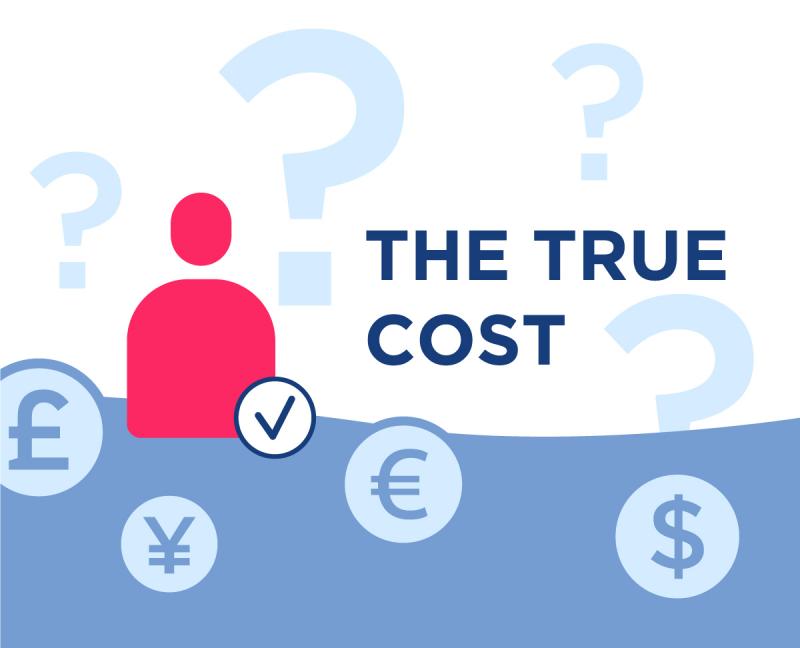
Many owners of small and medium-sized businesses dream of international expansion to take their companies to the next level and build their brands. If you can succeed in your home market, then why not overseas as well? Isn’t it just a question finding buyers for your products?
Well, not quite. Doing business abroad can be very profitable, and it may be a smart move if you’ve exhausted your home market or there is too much domestic competition, but it’s important to research overseas markets and be aware of costs that will affect your bottom line. Here are some of the things you should think about, as well as ways to maximise your returns when doing business abroad.
First of all, any overseas expansion should begin with an understanding of local needs and a clear plan. If you don’t do your homework, you’re simply taking pot luck. You must be sure of sufficient demand for your products or services, and you must be confident you can compete with local players and have the operational resources and management skills to handle the new business.
If there is any doubt about the market potential and your ability to deliver, you’ll be setting yourself up for failure. if you can’t make a profit on this basis, you’ll be running at an even greater loss because of the additional costs of overseas trade. For the right approach to international business, see our tips for doing business abroad.
For export businesses of any size, the cost of transportation will be an important consideration and should be factored into the margin you need to achieve for an acceptable profit. You should shop around to compare rates and services. Price alone is not the only criterion, as it’s also important to choose a freight forwarder who can provide the best advice for documentary, regulatory and other requirements. You need the right balance between cost and quality of service, since a cheap provider may not be reliable and can end up costing you more if shipments don’t go smoothly.
Expanding overseas may mean you need to increase your capacity, which can boost production and service costs, which in turn affects day-to-day operations and cashflow. As part of your detailed preparations, make sure you have the resources to go international before you receive the expected returns that will cover your expansion plans.
Tariffs are a familiar feature of international trade. In the vast majority of cases they apply to the buyers of imported goods, so it’s not the exporter that carries the cost, but there can also be tariffs for exporters. Import tariffs make your goods less attractive in the overseas market, which means you may have difficulty competing with local suppliers and have to alter your pricing structure.
Of course, if you’re dealing with overseas suppliers, that’s simply another side of doing business abroad. In this case, as the importer, your costs will increase because you’ll be paying tariffs on goods entering your country. Naturally the new Brexit tariff regime is a key concern for many businesses.
Trading successfully in foreign markets is often a case of choosing the ‘right country’. To maximise the benefits of overseas trade, look for markets where there are favourable trade agreements.
When doing business abroad, be aware of the cost of trading across borders and using different currencies. Transaction costs, foreign exchange fees and fluctuating exchange rates can eat into your profits. You should look for a payment service provider who understands these hurdles and can put your business in a strong position. For example, Safenetpay makes it easier to accept and make payments internationally. It also offers bank-beating exchange rates and multi-currency merchant accounts to help your businesses grow internationally.
Depending on the nature of your business and how much of a foothold you want overseas, you’ll definitely incur overhead costs. They range from translation costs for packaging and foreign language web pages, to renting office space and employing local staff and distributors. All these overheads need to be priced into your budget for doing business abroad.
Insurance is another cost to consider if you want to do business abroad. Your risks will increase when you trade internationally and although there is no requirement to take out insurance, the cost to your business could be significant if your goods are not covered against commercial and political risk. This is why it’s worth exploring export insurance policies.
If you’ve done your homework and researched potential markets, there’s no reason why you can’t succeed overseas. With the right export strategy and partners, you can turn a domestic business into an international success. Having an online payments provider – one who understands e-commerce and the opportunities and challenges of doing business abroad – should be a key part of your strategy. For more background on payments, see our guide to online payment systems.